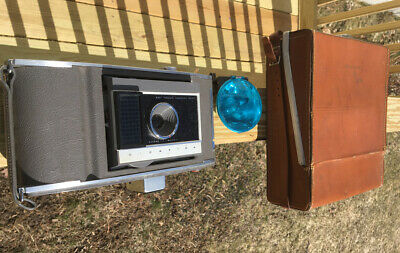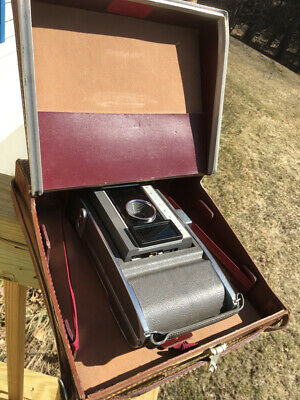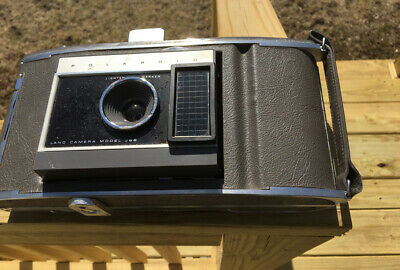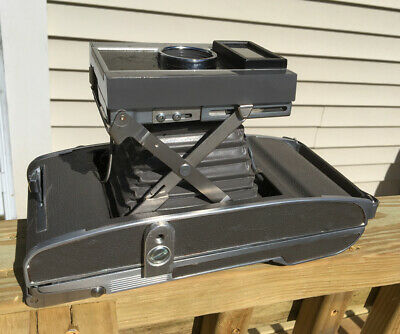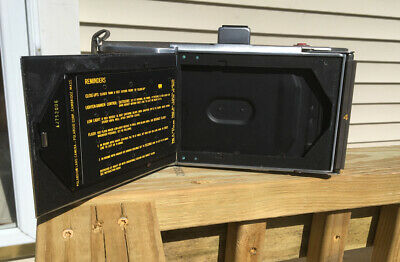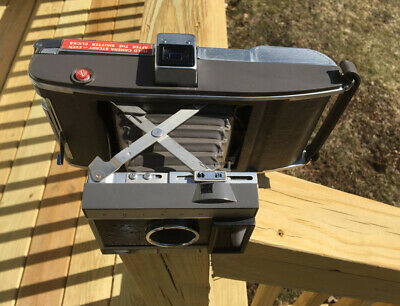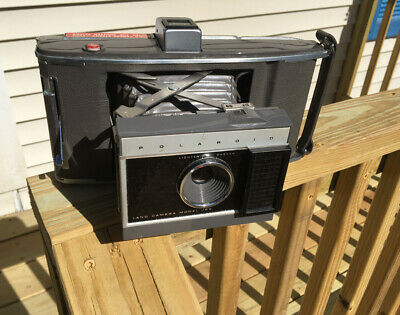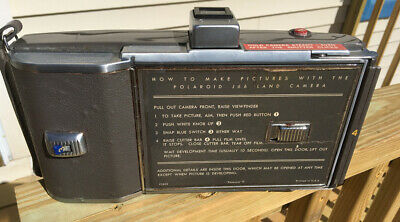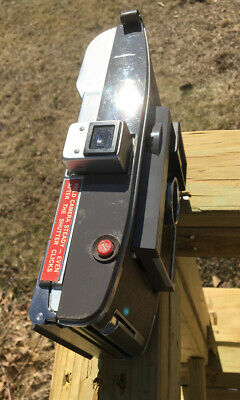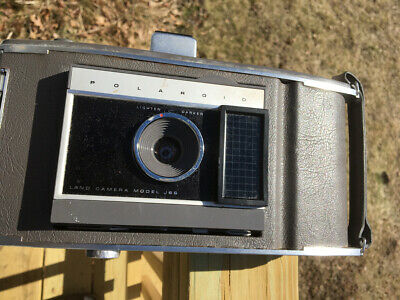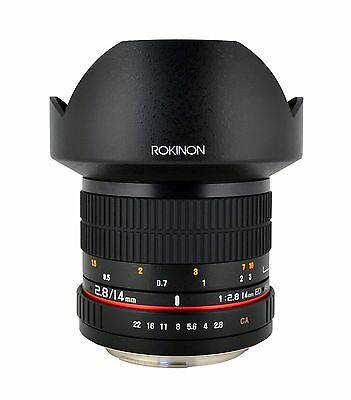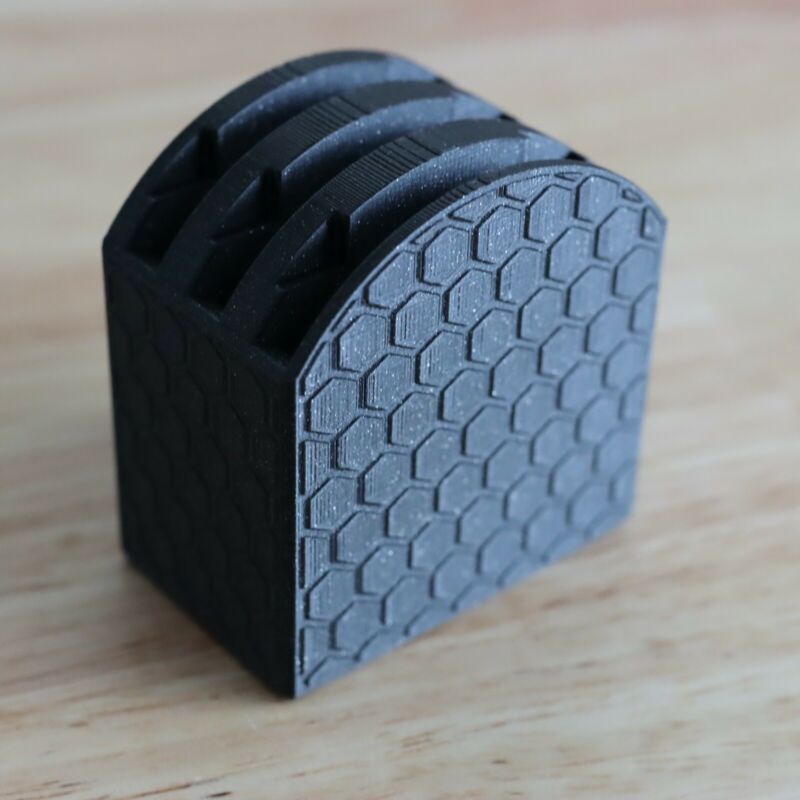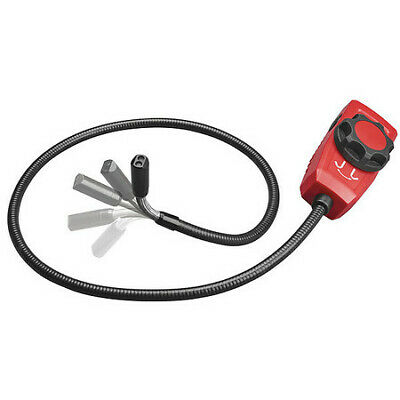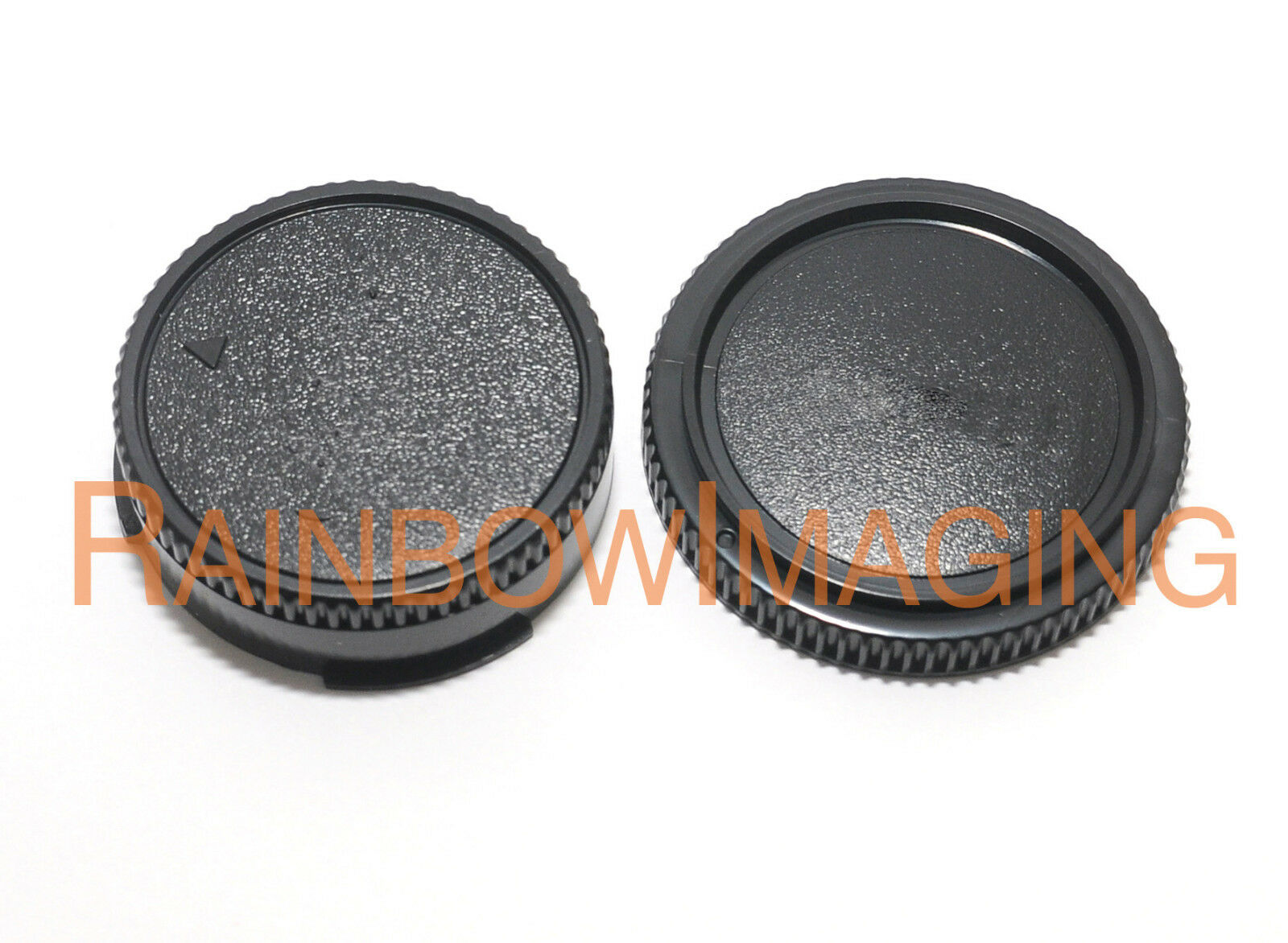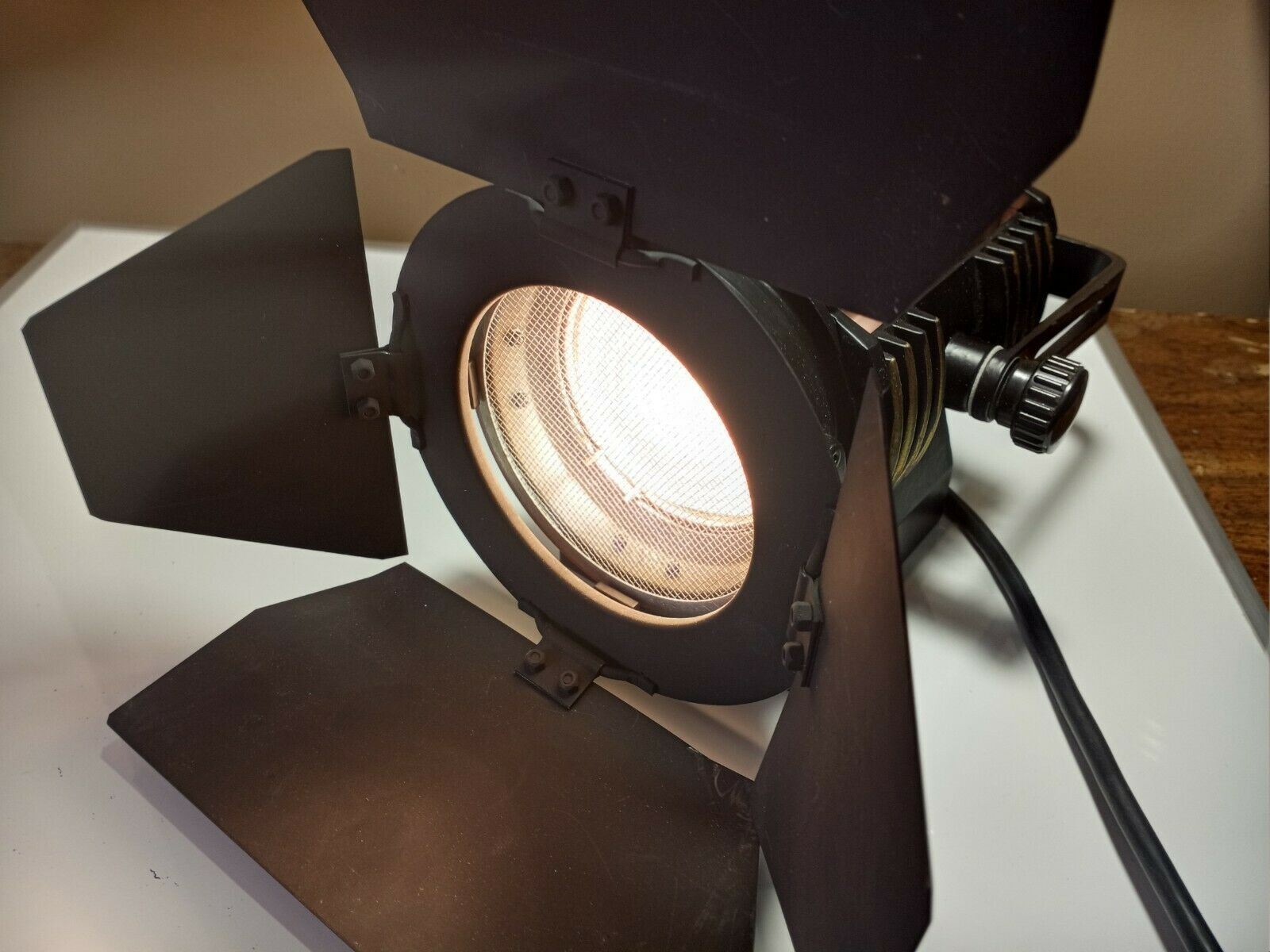-40%
VINTAGE POLAROID ELECTRIC EYE LAND CAMERA MODEL J66 W/CASE FLASH ACCES MANUAL
$ 13.17
- Description
- Size Guide
Description
Photographs throughout Ad:Offered for auction from a recent Estate sale is the following an
ORIGINAL POLAROID ELECTRIC EYE LAND CAMERA MODEL J66 WITH MANUAL - LEATHER CASE - FLASH ACCESSORY -MANUFACTURED 1961 -1963 --
Below is additional information on this Vintage Used camera as received from estate sale.
This Vintage camera exhibits normal surface ware, appears to be complete, untested as to film development capabilities. The shutter appears to function properly when activated. Lenses appear to be in good condition when looking out the view port for distance and or close view. I haven’t cleaned the lenses as found. As photos shows a complete leather case, flash device and manual is present. A light storage odor is present from storage over the past many years.
Please view photos for condition. Camera is sold as is. Below I have added additional information on the History of the Polaroid Electric Eye Land Camera along with additional 25 photos in ad below:
Note: This camera has not been tested with film and I can't make guarantees that it is in working order.
The Land Camera is a model of self-developing film camera manufactured by Polaroid between 1948 and 1983. It is named after their inventor, Edwin Land, who developed a process for self-developing photography between 1943 and 1947. After Edwin Land's retirement from Polaroid, the name 'Land' was dropped from the camera name. The first commercially available model was the Model 95, which produced sepia-colored prints in about 1 minute. It was first sold to the public on November 26, 1948.
The photography developing process, invented by Polaroid founder Edwin Land, employs diffusion transfer to move the dyes from the negative to the positive via a reagent. A negative sheet was exposed inside the camera, then lined up with a positive sheet and squeezed through a set of rollers which spread a reagent between the two layers, creating a developing film "sandwich". The negative developed quickly, after which some of the unexposed silver halide grains (and the latent image it contained) were solubilized by the reagent and transferred by diffusion from the negative to the positive. After a minute, the back of the camera was opened and the negative peeled away to reveal the print.
In 1963, Land introduced Polacolor pack film, which made instant color photographs possible. This process involved pulling two tabs from the camera, the second which pulled the film sandwich through the rollers to develop out of the camera. The instant color process is much more complex, involving a negative which contains three layers of emulsion sensitive to blue, green, and red. Underneath each layer are dye developing molecules in their complementary colors of yellow, magenta, and cyan. When light strikes an emulsion layer, it blocks the complementary dye below it. For instance, when blue strikes the blue sensitive emulsion layer, it blocks the yellow dye, but allows the magenta and cyan dyes to transfer to the positive, which combine to create blue. When green and red (yellow) strikes their respective layers, it blocks the complementary dyes of magenta and cyan below them, allowing only yellow dye to transfer to the positive.
I will accept PAYPAL. Items will be shipped Priority Mail usually next day after payment of Paypal, packaging and mail .95
